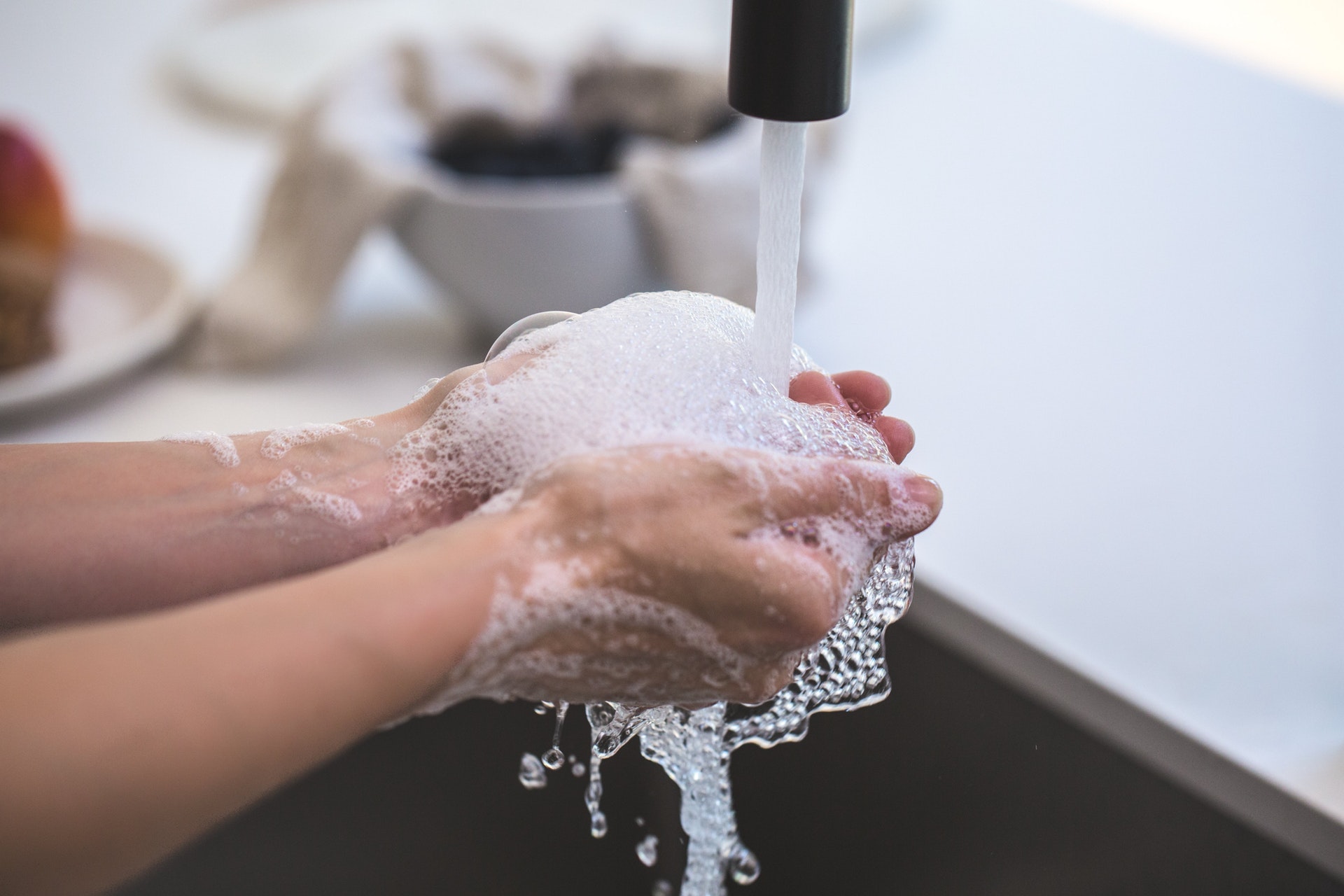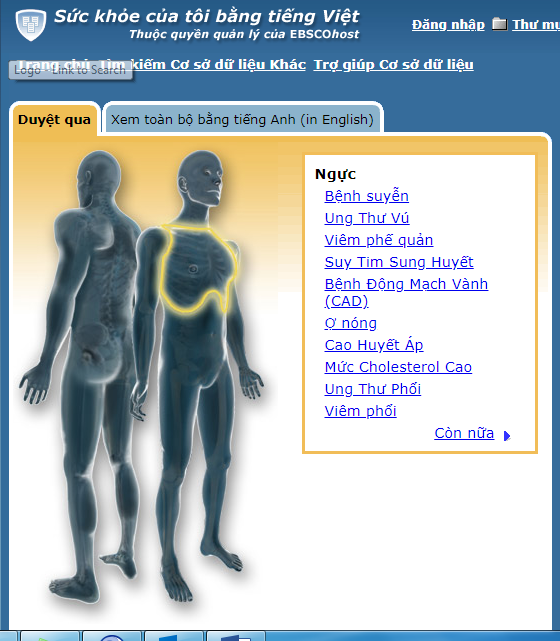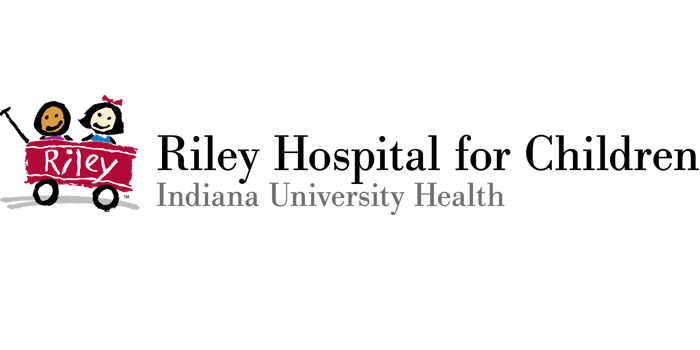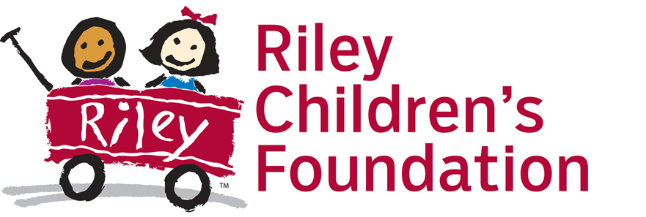The Indiana Center for the Book and the Indiana Young Readers Center are calling out for youth up to age 18 to report how their life experiences have changed in light of the global health crisis. The current pandemic has brought many aspects of life to a stop, while other aspects of life, like time with family, have been magnified. Youth are invited to share their observations during this unique time in the history of our state. Entries will be added to a permanent collection at the Indiana State Library.
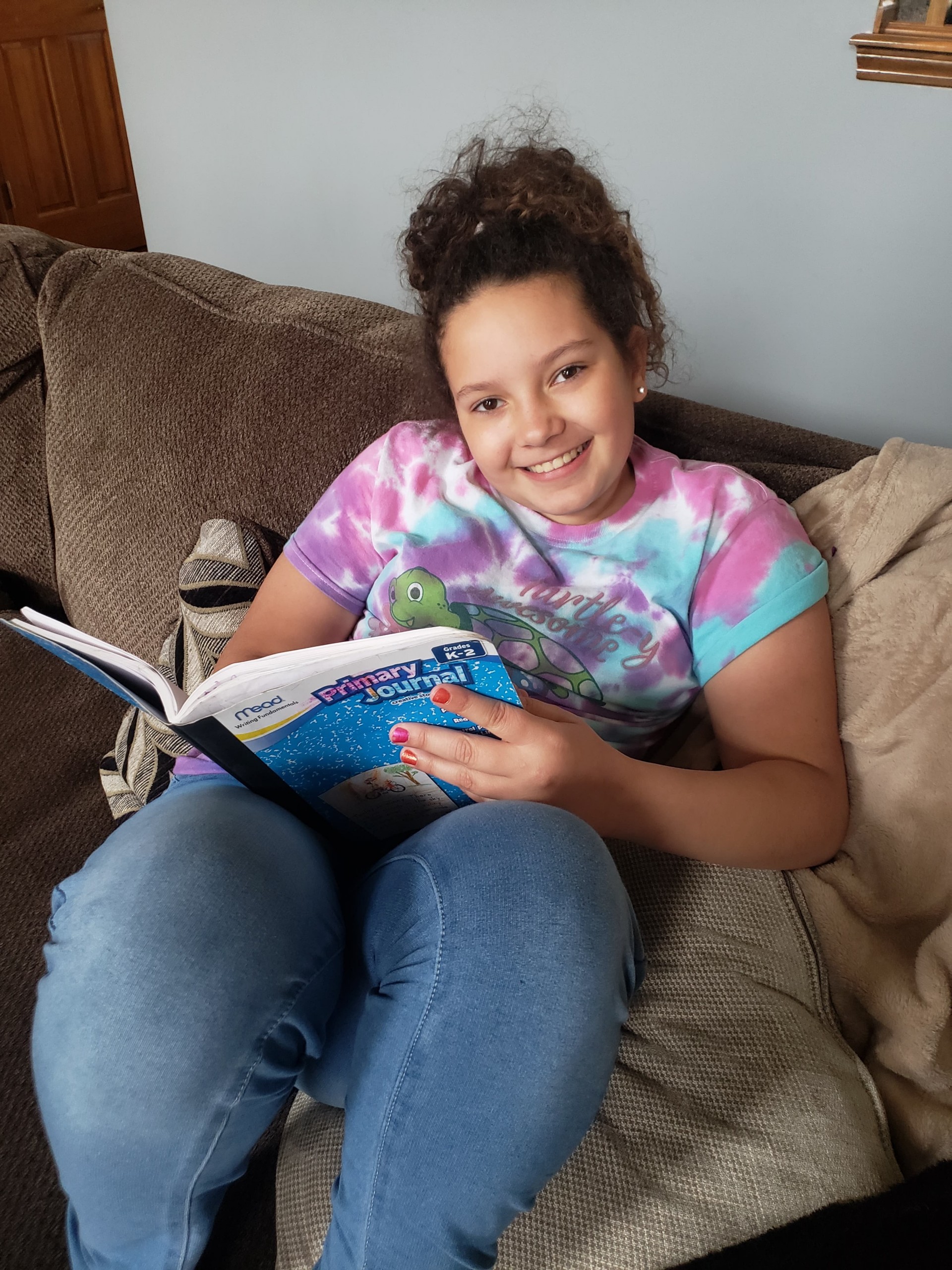 Entry is simple. Download the editable PDF titled Hoosier Youth Chronicling COVID-19 and complete online or by hand. Each entry will need a License to Use form signed by both the child and a parent or guardian. This allows the Indiana State Library to use your form in future possible publications, in print or to display in our collection or online. You may also want to include one to two images, such as photographs you have taken or pictures of artwork you have created. Images are optional.
Entry is simple. Download the editable PDF titled Hoosier Youth Chronicling COVID-19 and complete online or by hand. Each entry will need a License to Use form signed by both the child and a parent or guardian. This allows the Indiana State Library to use your form in future possible publications, in print or to display in our collection or online. You may also want to include one to two images, such as photographs you have taken or pictures of artwork you have created. Images are optional.
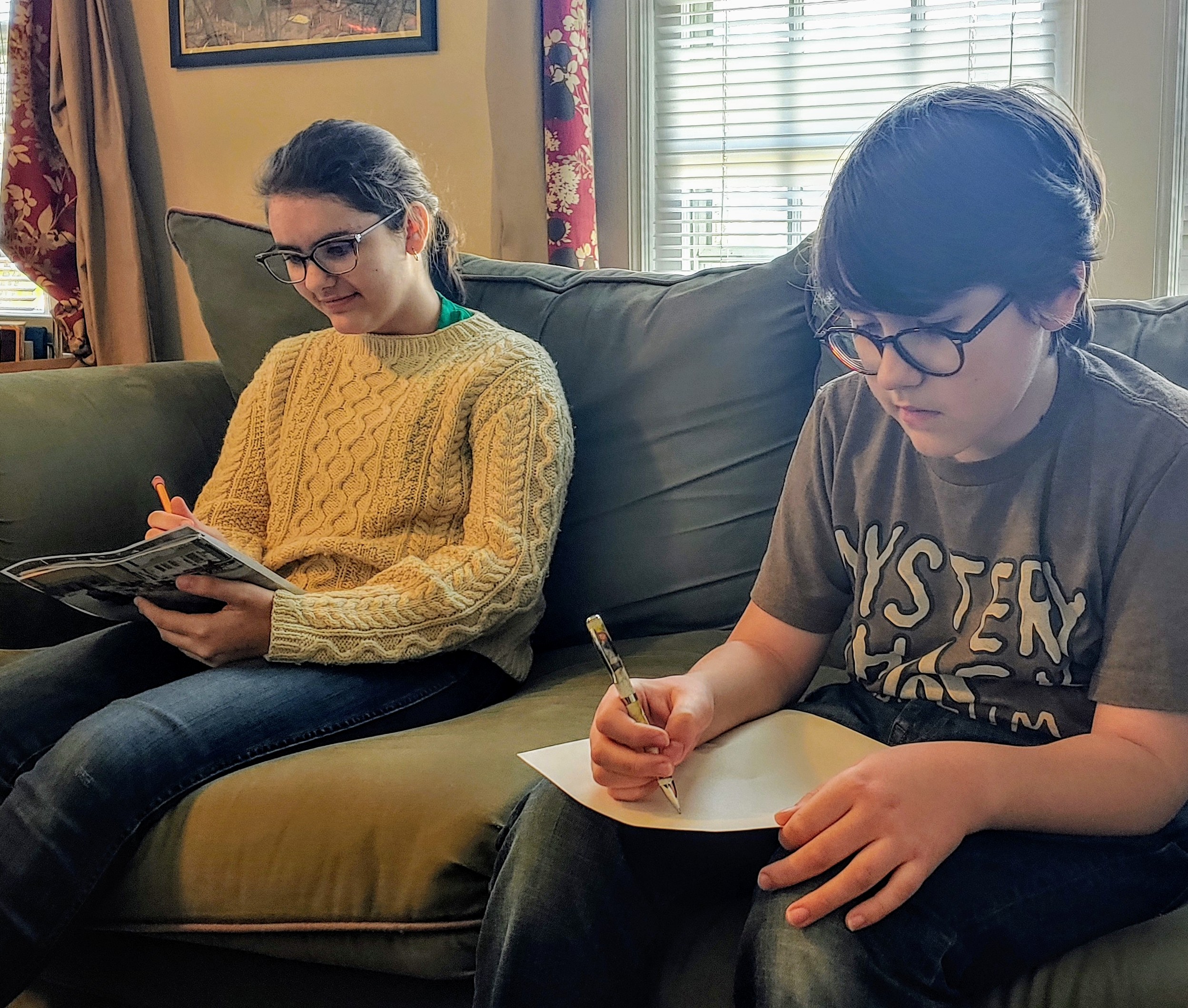 All entries may be submitted via email to Tara Maxwell Stewart, or mailed to the Indiana State Library:
All entries may be submitted via email to Tara Maxwell Stewart, or mailed to the Indiana State Library:
Indiana State Library
Attn: Indiana Young Readers Center
315 W. Ohio Street
Indianapolis, IN 46202
While there is no current deadline for entries to the collection, we would like to collect thoughts in real time as students are home from school.
The Indiana Young Readers Center also wants to draw your attention to a wonderful packet created by Natalie Long of Long Creations. Natalie says, “This is something I designed for fellow families with children living through this difficult time, it is meant as a gift, not for profit.” Families are welcome to include the packet in their submissions to the Indiana State Library, but please note that the packet is optional.
If you have any questions about submitting your child’s work to the Indiana State Library, please reach out to Tara Maxwell Stewart.
The post was written by Indiana Young Readers Center Program Coordinator Tara Stewart and Indiana Young Readers Center Librarian Suzanne Walker.

